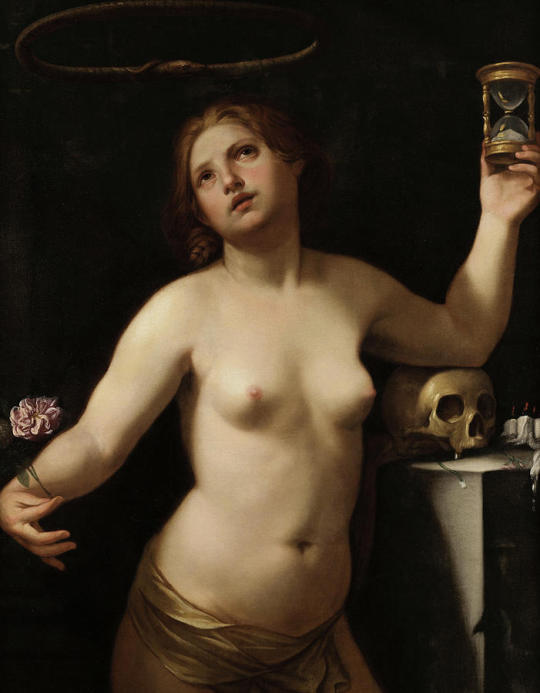#guido cagnacci
Photo

Magdalene Taken to Heaven, c.1640 by Guido Cagnacci (Italian, 1601--1663)
670 notes
·
View notes
Photo
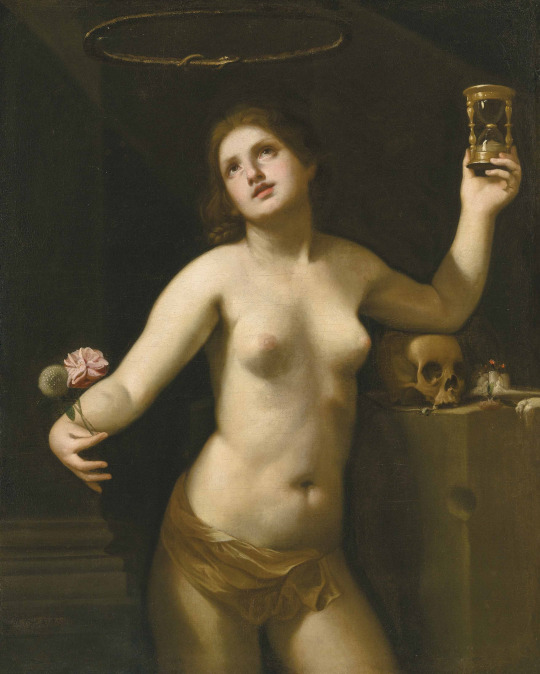
Guido Cagnacci (Italian, 1601-1663)
Allegory of time (or of human life), c.1650
London, Roma-Lampronti Gallery
301 notes
·
View notes
Text

Guido Cagnacci
24 notes
·
View notes
Text
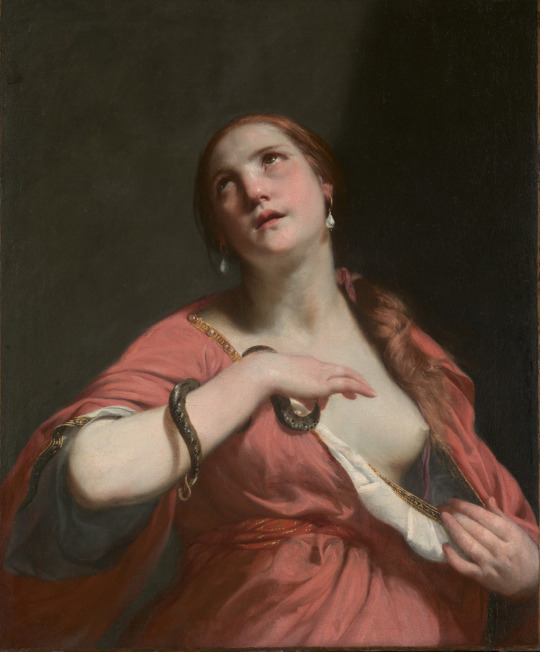
Guido Cagnacci (Italian, 1601-1633) • The Death of Cleopatra • 1645-55 • Metropolitan Museum of Art

Detail

Detail
According to popular belief, Cleopatra killed herself by allowing an asp (Egyptian cobra) to bite her, but for the Roman-era writers Strabo, Plutarch, and Cassius Dio, Cleopatra poisoned herself using either a toxic ointment or by introducing the poison with a sharp implement such as a hairpin. Modern scholars debate the validity of ancient reports involving snakebites as the cause of death and if she was murdered or not. Some academics hypothesize that her Roman political rival Octavian forced her to kill herself in a manner of her choosing. The location of Cleopatra's tomb is unknown. It was recorded that Octavian allowed for her and her husband, the Roman politician and general Mark Antony, who stabbed himself with a sword, to be buried together properly. ~ Wikipedia
#guido cagnacci#art#painting#fine art#art history#baroque art#cleopatra was black#Italian artist#oil painting#italian baroque#17th century art#paintings of women#historic debate#racial objectification#history or drama?#night shift#art appreciation#museum aesthetic#art blogger
23 notes
·
View notes
Photo

Allegory of human life, Guido Cagnacci
50 notes
·
View notes
Text

Monica Bellucci
The Suicide of Cleopatra, 1660. Guido Gagnacci (Italian, 1601-1663). Museum of Art History, Vienna.
#fangledeities#monica bellucci#guido cagnacci#art history#baroque#italiian painting#history painting#mash up#pinup#lingerie#fashion photography#glamor photography
27 notes
·
View notes
Text

Guido Cagnacci (Italian, 1601-1663), The Drunkenness of Noah, c.1650
283 notes
·
View notes
Text

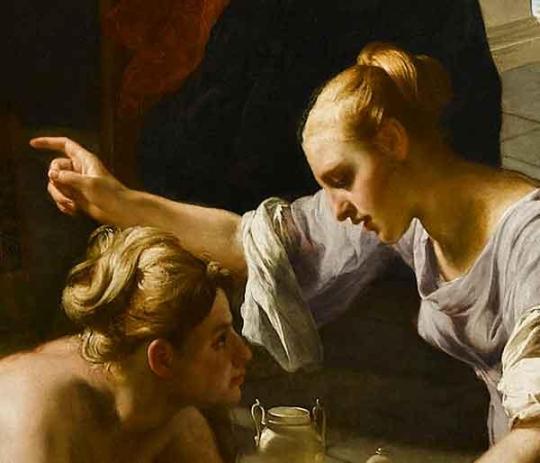

Guido Cagnacci (Italian, 1601–1663), The Repentant Magdalene, detail, circa 1660.
Norton Simon Museum.
The event depicted in the elegant space of this canvas is an episode from the life of Mary Magdalene, the courtesan who renounced her sinful ways and converted to Christianity, following her encounter with Christ in the temple. Mary is shown on the floor, having discarded her luxurious clothes and jewels; her face is reddened from remorse and her body barely covered by a white sheet. Her sister Martha sits on a cushion, calming her, while behind them two servants are leaving the room after having witnessed their mistress’s emotional scene. Cagnacci has also included two allegorical figures to the left. A standing angel banishes a levitating devil, complete with horns and a tail. He lurches toward the window as he flees the room. The combatant figures represent Virtue and Vice as they battle for Mary’s soul at the moment she chooses to embrace her virtuous new Christian life. (x)
#Guido Cagnacci#painting#1660#art#fine art#Norton Simon Museum#the repentant magdalene#detail#cagnacci#pearls#jewerly#necklace#rings#earrings#jewlery#repentant#17th century#17th century painters#17th century art#17th century paintings#italian painters#italian art#italian paintings#masterpiece#Mary Magdalene#courtesan#mary
29 notes
·
View notes
Text


Art & Beauty.
Guido Cagnacci, Allegoria del Tempo, 1650. Fondazione Cavallini Sgarbi.
26 notes
·
View notes
Text
maddalena svenuta
✧ (guido cagnacci, 1601-1663)
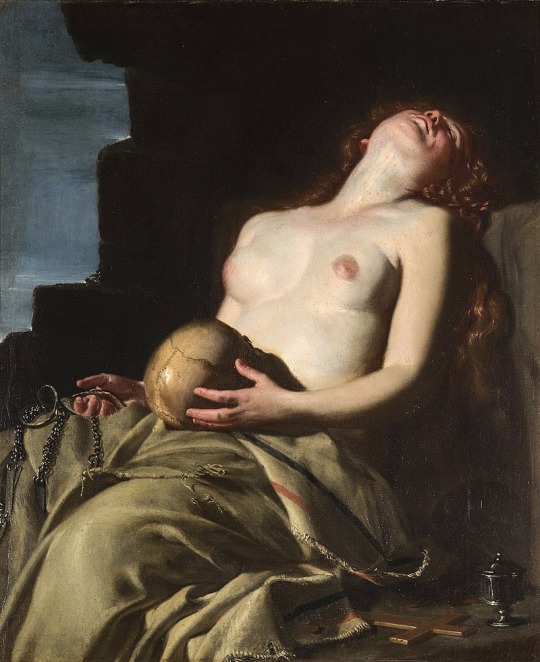
#baroque#art#paintings#classical art#art history#guido cagnacci#italian painter#cagnacci#cagnacci was fucking cool#alicealice
16 notes
·
View notes
Text
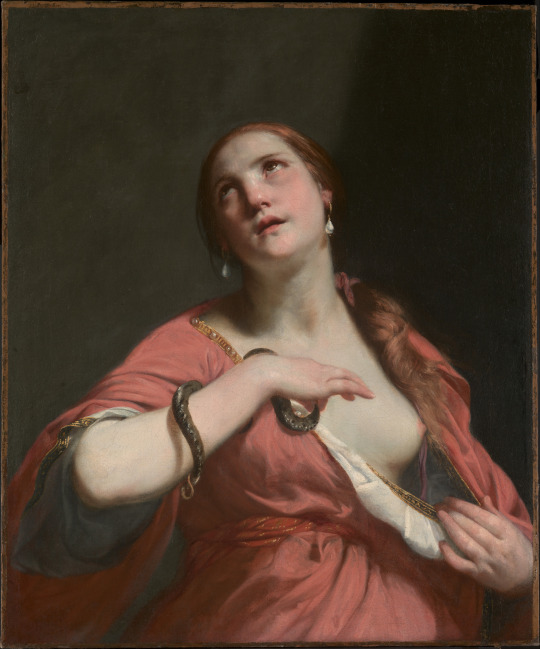
The Death of Cleopatra, by Guido Cagnacci ca. 1645–55, oil on canvas

Cleopatra by Giampietrino ca. 1524, oil on panel
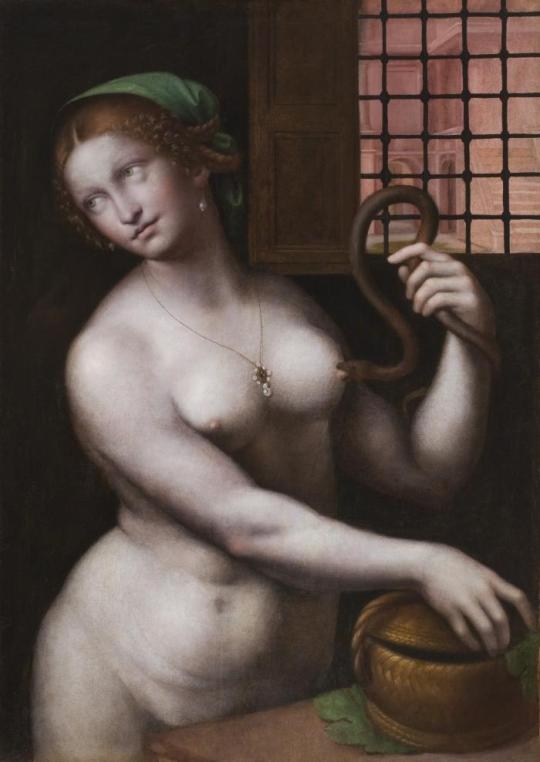
Cleopatra by Giampietrino ca. 1515, oil on panel
Cleopatra with snakes
#cleopatra#guido cagnacci#giampietrino#oil on panel#oil on canvas#oil paintings#italian art#16th century art#16th century#17th century art#17th century#1500s art#1500s#1600s#1600s art#snake art#baroque art#italian renaissance#renaissance art#renaissance#baroque#art history#antony and cleopatra#leonardo da vinci
69 notes
·
View notes
Text
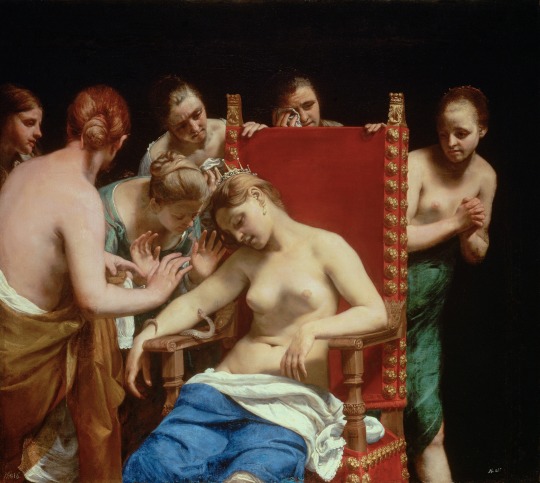
Cleopatra’s Suicide, Guido Cagnacci, 1659
8 notes
·
View notes
Photo

Guido Cagnacci - The Repentant Magdalene
https://arthur.io/art/guido-cagnacci/the-repentant-magdalene
#guido cagnacci#https://arthur.io/art/guido-cagnacci/the-repentant-magdalene#magdalena#repentance#love#feet#her dress#after love#blue
10 notes
·
View notes

